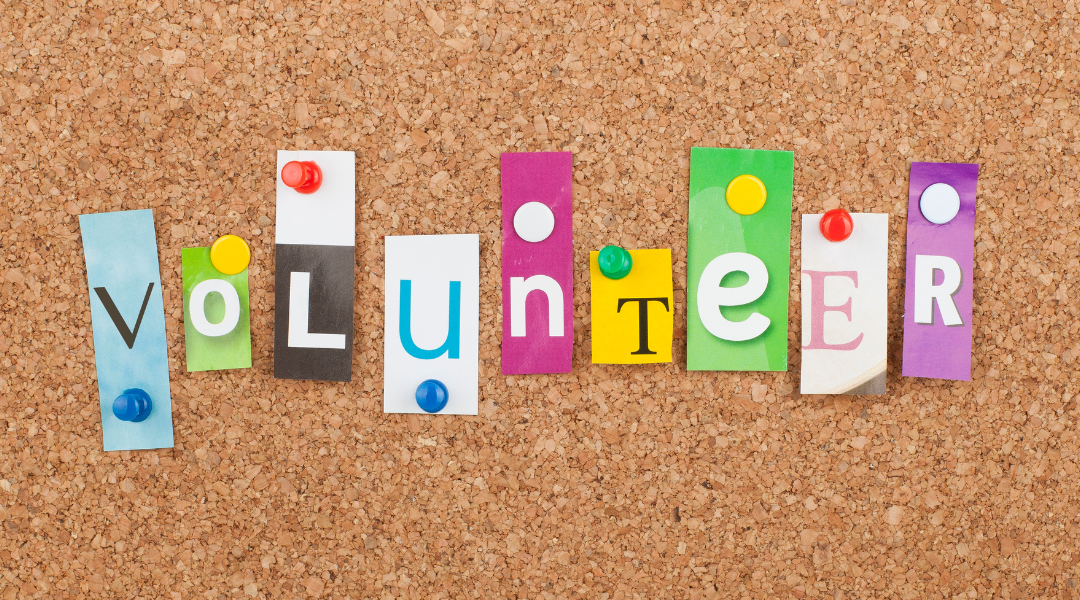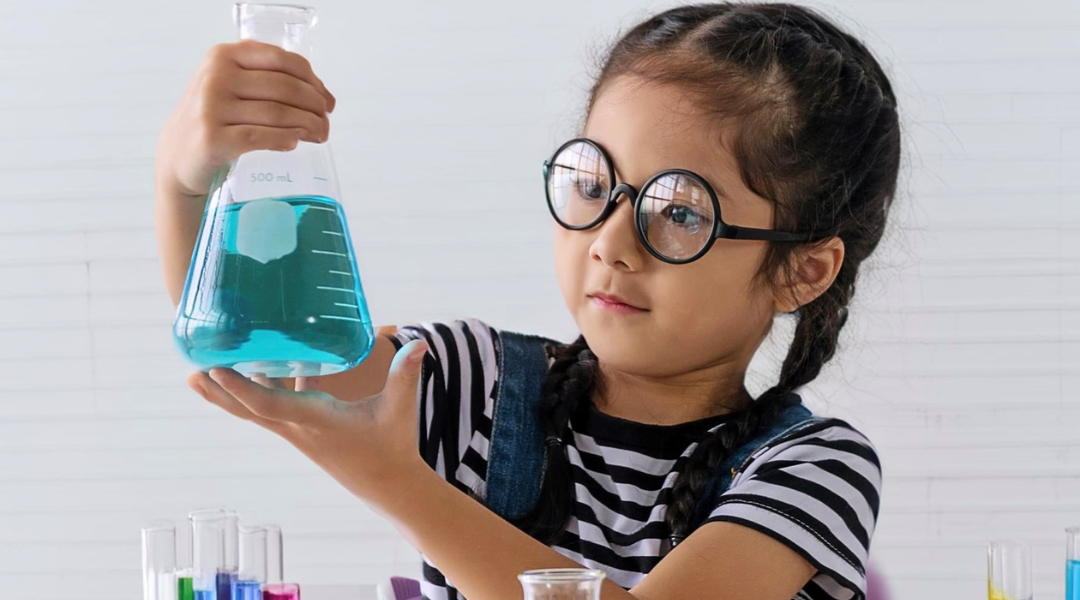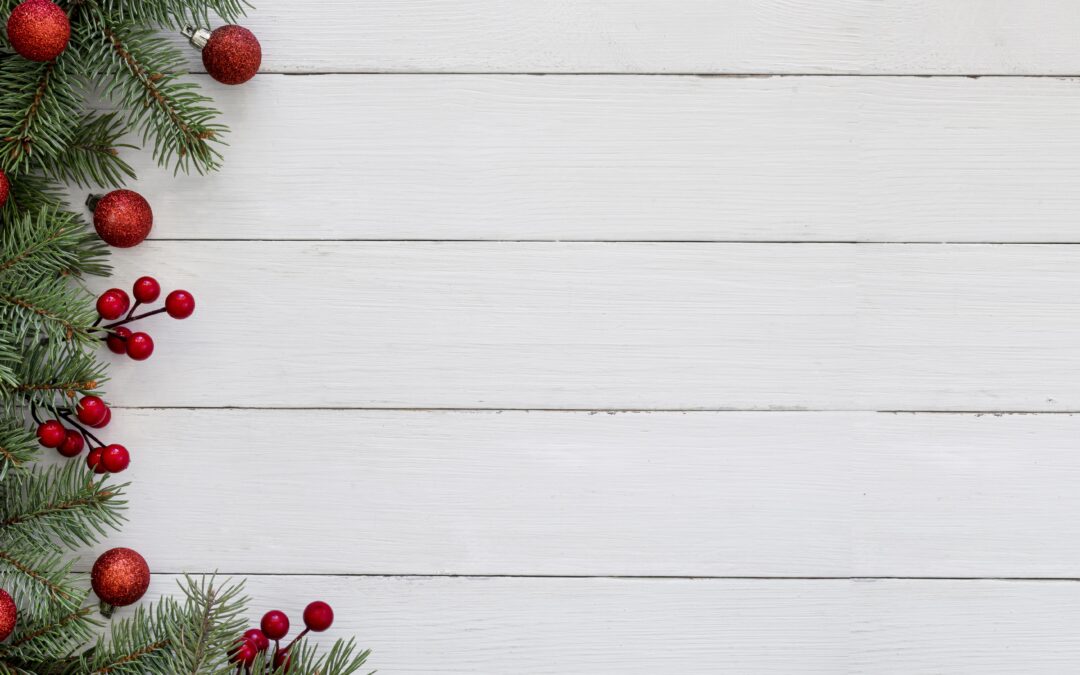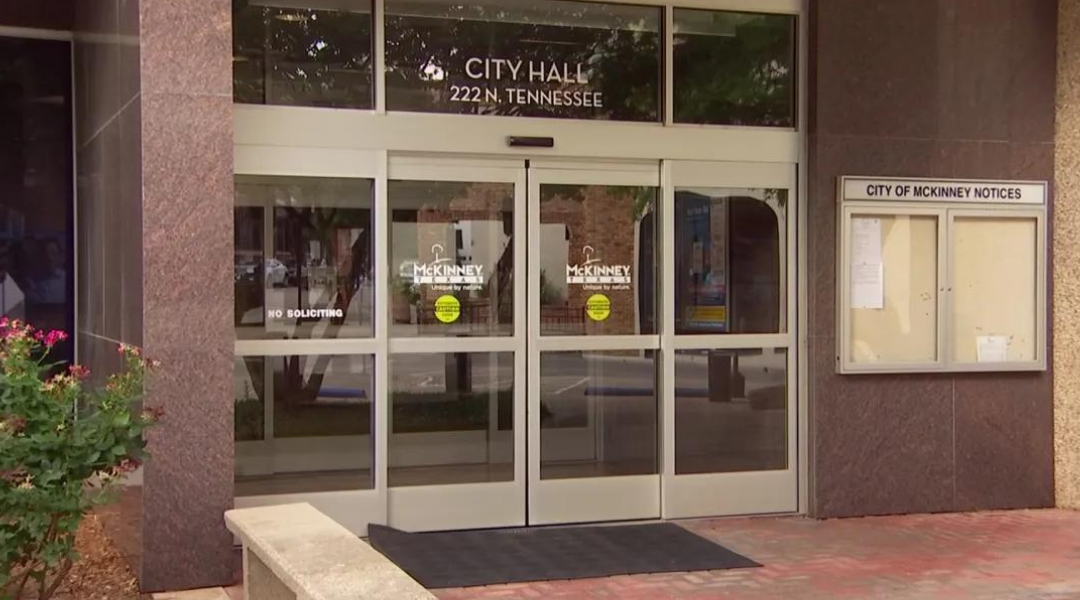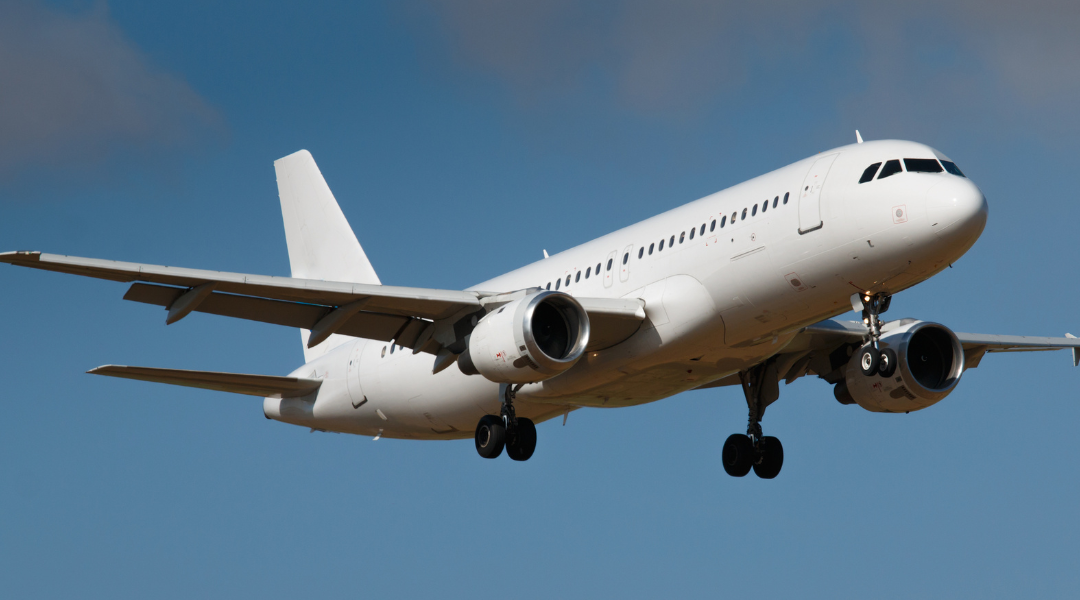We had a few criteria that needed to be met before we would consider adding a pup to our family. First, it had to be a female. Two, she needed to be potty trained. And three, she needed to be a good fit with our Sasha Girl, who is 6 years old and blind. We found Sophie through Doodle Rock Rescue. She met all the criteria. “She’s potty trained” her foster assured us. False. At two years old, Sophie, a 10 lb. toy poodle with three legs, was not potty trained. After several accidents in our home, we contacted Rachelle Yates. Rachelle is the owner of K9Revolution (k9revolutiontx@gmail.com).
Here are Rachelle’s suggestions for potty training an adult pup:
When you bring your dog home and suddenly recognize they aren’t fully potty trained, take a step back to reevaluate your routine. In the process of evaluating the current potty-training situation, ask yourself these questions: Are you keeping them in a crate while away to prevent them from using the bathroom in the house? Are you giving them too much freedom in the house? Have they lived inside before? Have they been potty trained before? Do they have a medical condition that requires more frequent potty breaks? When a pup comes from a rescue, we can only get so much information regarding their previous life. While history is helpful to have, it doesn’t make or break what plan you develop next. Below are some tips to help prevent accidents inside the house and how to start the journey of successful, long-term potty training.
1. Keep a journal of when you are taking your pup out to the bathroom, when they are eliminating outside, and when and where they are having accidents. Looking back at a schedule can help you find patterns and can help you better pinpoint how to help your pup better and tweak the schedule where needed. You can see a full picture of when you may need to take your dog out more often to help eliminate an accident that is occurring around the same time. The more chances your dog has to potty in the correct place, the faster he/she will learn what is expected. Make it a party each time they go to the bathroom outside!
2. Tether or keep your dog on a leash while inside. Putting your dog on a leash prohibits them from being able to go to another room to potty and also gives you a better understanding of their body language and cues when they do need to go outside. You should have the leash tethered to you, hold the leash in your hand, or let your dog drag the leash around the house (and if they start to go into a different room, pick the leash up and encourage them to come back to you). When it’s time to take your dog outside to relieve themself, take them out on a leash. Once they potty outside, generously praise and give reinforcement. Stay outside until they potty. I hear about dogs often that aren’t going outside and come back in the house and have an accident. The dog isn’t doing this to be bad or to annoy you. Some dogs can take quite a bit of time to find the perfect spot to eliminate. Be patient. If your dog hasn’t gone potty and you come back inside, immediately place your pup back in the crate and try to go outside again in 10-15 minutes. Do not give your dog freedom inside if they did not eliminate outside.
3. Crate your pup when you are away, during rest time, or during times in your schedule when you can’t supervise your dog 100%. Make sure the crate is big enough for your dog to stand up, turn around, and lay down. Clean pups don’t like to potty where they rest and sleep.
4. Feed meals at the same time every day so you can help determine when your pup will need to go outside. Free feeding a potty-training pup is not a good idea.
We have followed all of Rachelle’s suggestions and Sophie has not had an accident in our home in the past two weeks! Fingers crossed!!!



